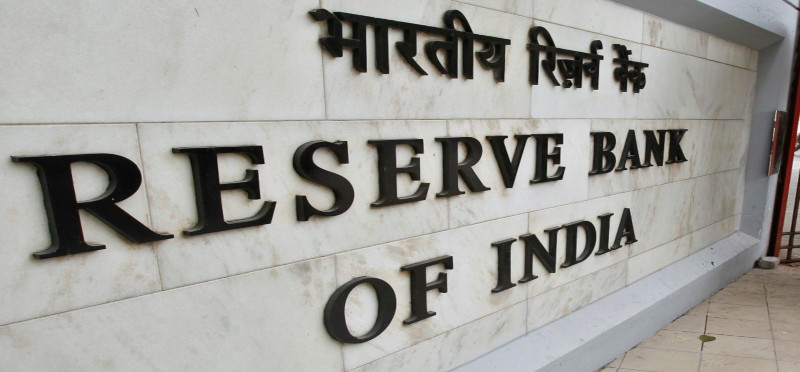
In News:
The Reserve Bank of India (RBI) has taken off three banks – Bank of India, Oriental Bank of Commerce and Bank of Maharashtra – out of the Prompt Corrective Action (PCA) Framework.
What is PCA?
- The framework allows the RBI to intervene and take corrective action when a bank breaches certain trigger points owing to its worsening financial conditions.
- The framework is being used since 2017.
- It is a supervisory tool to monitor the health of the banking system.
What Are the Trigger Points?
As per the Prompt Corrective Action Framework, the trigger points when RBI takes action are:
1. Capital to Risk weighted Asset Ratio (CRAR)
- When it is less than 9% and more or equal to 6%
- When it is less than 6% and more or equal to 3%
- When it is less than 3%
2. Non Performing Assets (NPAs)
- Net NPAs more than 10% but less than 15%
- Net NPAs equal to or above 15%
3. Return on Assets (ROA)
- Less than 0.25%
(Q):- What Actions Will RBI Take?
The actions that the RBI takes is to restore the financial health of the bank in question. Some of these actions are mandatory for the RBI and some are discretionary.
Some of the actions that the RBI can take include:
- Restrictions on inter-bank borrowing
- Restrictions on opening new branches
- The banks are not allowed to expand to new lines businesses
- Reduction of stake in subsidiaries
- Change the management board
- Changing ownership of the bank
- Restricting credit concentration, etc.
Why is PCA Necessary?
- Owing to miss management, many banks in the country are facing the problem of weak finances. In order to curtail the slide in banks’ finances and make them work efficiently, the RBI has brought out the PCA framework as a policy guideline.
Which Financial Institutions Fall Under PCA?
- Only scheduled Commercial Banks fall under PCA framework. Co-operative banks, Regional rural banks, NBFCs are not included in the framework.
Why The Three Banks Were Removed?
- Due to financial recapitalisation of these banks by the government and the assurance given by them to the RBI to comply with minimum regulatory capital norms, reducing their NPAs, etc, there were take off PCA. Still eight of the 20 Public Sector Banks are still under PCA framework.
Way Forward
A few years ago, the Indian banking sector was under severe financial stress owing to large scale loan defaults and sudden spurt in NPAs. The reasons for the situation were both of bank’s doing and some are due to the global economic situation. Many companies that took bank credits were hit hard by the global economic headwinds.
The RBI took note of the situation and brought out PCA framework to stem bank’s financial owes. The framework not only calls for maintaining the capital but also looks into the managing structure of the banks and makes necessary changes. Since the beginning of the PCA, banks have gradually gained their ground and credit off take is slowly picking up. Also, came to the bank’s aid is Insolvency and Bankruptcy Code.
Also, Read: The Merger Of Three Public Sector Banks: BOB, Vijaya Bank And Dena Bank
Still, the banks are not completely out of the water. The rising fugitive economic offenders who owe huge sums of money to the banks is a big worry. Also, questions on Indian banks’ capacity to raise their own capital are rising. Till now, they have been saved by the regular capital infusion by the government. This diversion of taxpayers money to banks is avoidable if the bank management has paid due diligence on their internal structural and operational issues.
Amid the gloom of the public sector banks, the private sector banks have promptly made their corrections and are on a profitable path.
Also, Read: Airpocalypse III – Questioning the Government’s Intent
PSBs must take immediate and long-term actions to set their house in order and reduce their dependence on government financing.

Leave a Reply
You must be logged in to post a comment.